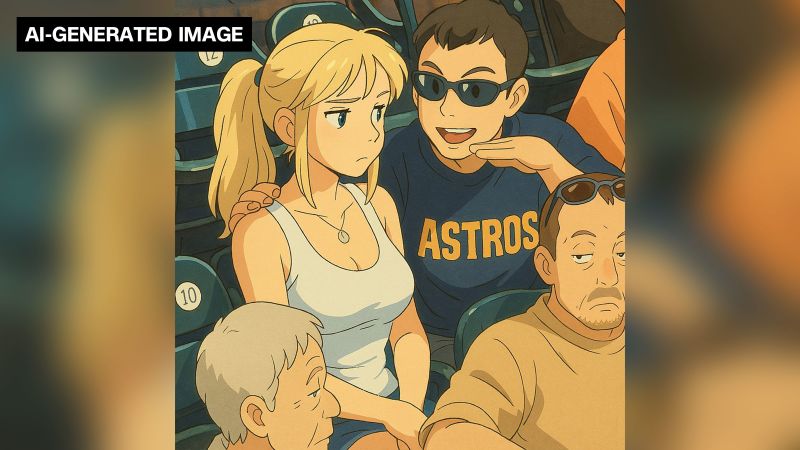Viral Ghibli AI Art Sparks Copyright Debate: Is AI Art Theft or Artistic Evolution?
The internet is abuzz with stunning AI-generated art in the style of Studio Ghibli, the legendary Japanese animation studio behind beloved classics like Spirited Away and My Neighbor Totoro. While the breathtaking visuals have captivated millions, they've also ignited a fierce debate about copyright, artistic ownership, and the future of creativity in the age of artificial intelligence.
This isn't the first time AI-generated art has sparked controversy. But the Ghibli-style images, with their instantly recognizable aesthetic, have pushed the issue into the mainstream, raising crucial questions about the ethical implications of using copyrighted material to train AI models.
The Beauty and the Beast: Stunning Art Meets Legal Grey Areas
The AI-generated Ghibli art showcases the incredible capabilities of current AI image generators. The algorithms, trained on vast datasets of existing artwork, including likely copyrighted Ghibli films, are capable of producing images that convincingly mimic the studio's distinctive style:
- Detailed backgrounds: The lush landscapes and fantastical settings are remarkably similar to those seen in Ghibli films.
- Character design: The characters, with their expressive eyes and charming features, are easily recognizable as being in the Ghibli aesthetic.
- Color palettes: The vibrant yet muted color schemes perfectly capture the signature Ghibli look.
However, this impressive technical achievement raises serious legal concerns. The use of copyrighted material in the training data raises questions of infringement. Is it simply inspiration, or is it outright theft?
Copyright Law Struggles to Keep Pace with AI
Current copyright laws are ill-equipped to handle the complexities of AI-generated art. The legal framework was designed for human creators, not algorithms. Determining who holds the copyright – the AI developer, the user who generated the image, or even the original artists whose work was used in the training data – is a complex and largely unresolved legal challenge.
Many argue that the current system needs updating to address the unique challenges posed by AI art. Some suggest a new legal framework that acknowledges the contributions of both human artists and AI algorithms, while others advocate for stricter regulations on the use of copyrighted material in AI training datasets.
The Future of Art and AI: Collaboration or Conflict?
This debate isn't just about legal battles; it's about the future of art itself. Will AI become a collaborative tool for artists, enhancing their creative process? Or will it become a threat, replacing human creativity altogether?
The potential benefits of AI in art are undeniable. AI can assist artists with tedious tasks, generate new ideas, and push creative boundaries. However, it's crucial to address the ethical concerns surrounding copyright and the potential for AI to be used to exploit the work of existing artists.
What's Next?
The viral Ghibli AI art serves as a wake-up call. The legal and ethical implications of AI art need to be addressed urgently. We need a nuanced conversation involving artists, developers, lawyers, and policymakers to navigate this rapidly evolving landscape. The future of art in the age of AI depends on it. We need to find a balance that protects artists' rights while fostering innovation and creativity.
What are your thoughts on AI-generated art and copyright? Share your opinion in the comments below!
Further Reading:
- (for context and to support the studio directly)
(Note: Remember to replace the example links with actual, relevant links.)

